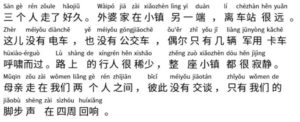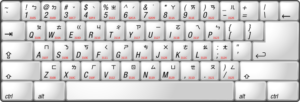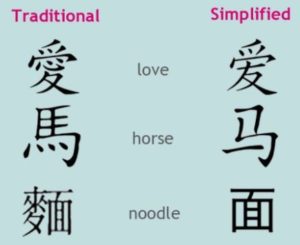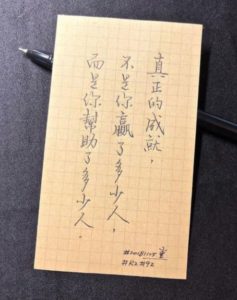There may be confusion amongst some about what language is actually spoken in Taiwan. The logical answer would be Taiwanese, which is different from Mandarin. This may lead some to wonder “Do Taiwanese speak Mandarin?”
The answer is yes. Mandarin (literally Guóyǔ (國語) or “country language”) is the main language spoken in Taiwan and one of the three national languages (along with Taiwanese and Hakka).
Having said that, you may see references to Taiwanese Mandarin, as opposed to the Taiwanese language. This refers to the type of Mandarin spoken in Taiwan and how it differs with what you might hear in China, Singapore or elsewhere. Here are some key differences:
- The use of traditional characters in Taiwan vs simplified characters in China
- The use of bopomofo (zhuyin) to teach it
- Differences in accents (Taiwanese Mandarin sounds similar to the type of Mandarin you might hear in Shanghai or other southern parts of China)
- Differences in vocabulary and grammar. Some words share the same characters, but are pronounced differently in Taiwan vs China. There are also grammar patterns used in Taiwan that you wouldn’t normally hear in China. Many of these differences come from in the influence of the Taiwanese language with Mandarin in Taiwan.
Here are some examples:
Differences in vocabulary
| English | Taiwan (traditional) | China (simplified) |
| Taxi | jìchéngchē (計程車) | chūzūchē (出租车) |
| Bicycle | jiǎotàchē (腳踏車) | zìxíngchē (自行车) |
| Software | ruǎntǐ (軟體) | ruǎnjiàn (软件) |
| Air conditioner | lěngqì (冷氣) | kōngtiáo (空调) |
| Internet | wǎnglù (網路) | wǎngluò (网络) |
| Cheese | qǐsī (起司) | nǎilào (奶酪) |
| Garbage | lèsè (垃圾) | lājī (垃圾) |
| And | hàn (和) | hé (和) |
Notice how the last two examples above use the same characters but are pronounced completely differently in Taiwan vs China.
In other cases, the characters are pronounced the same way but use different tones in Taiwan compared to China.
| English | Taiwan (traditional) | China (simplified) |
| Week | xīngqí (星期) | xīngqī (星期) |
| Dangerous | wéixiǎn (危險) | wēixiǎn (危险) |
| Microwave oven | wéibōlú (微波爐) | wēibōlú (微波炉) |
| Grades | chéngjī (成績) | chéngjì (成绩) |
| Hairstyle | fǎxíng (髮型) | fàxíng (发型) |
There are also some words that can have different meanings in China vs Taiwan, so be careful with these:
| Chinese | Taiwan meaning | China meaning |
| àirén (愛人 / 爱人) | mistress | lover / spouse |
| xiǎojie (小姐) | young lady |
prostitute (in some areas)
|
Differences in grammar patterns, again due to influence from Taiwanese
| English | Taiwan (traditional) | China (simplified) |
| Are you cold? | nǐ huì lěng ma? (你會冷嗎?) |
nǐ lěng bù lěng? (你冷不冷?)
|
| Have you eaten? | nǐ yǒu chīfàn ma? (你有吃飯嗎?) |
nǐ chīfàn le ma? (你吃饭了吗?)
|
In the above grammar case, there is recognition that while this is colloquially common, it is not standard Mandarin, so you are unlikely to see this type of grammar in books and articles.
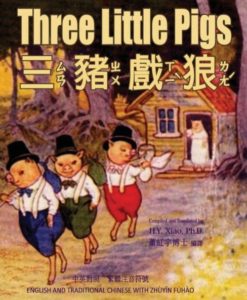 2. Lot of reading material available with zhuyin transcriptions.
2. Lot of reading material available with zhuyin transcriptions.